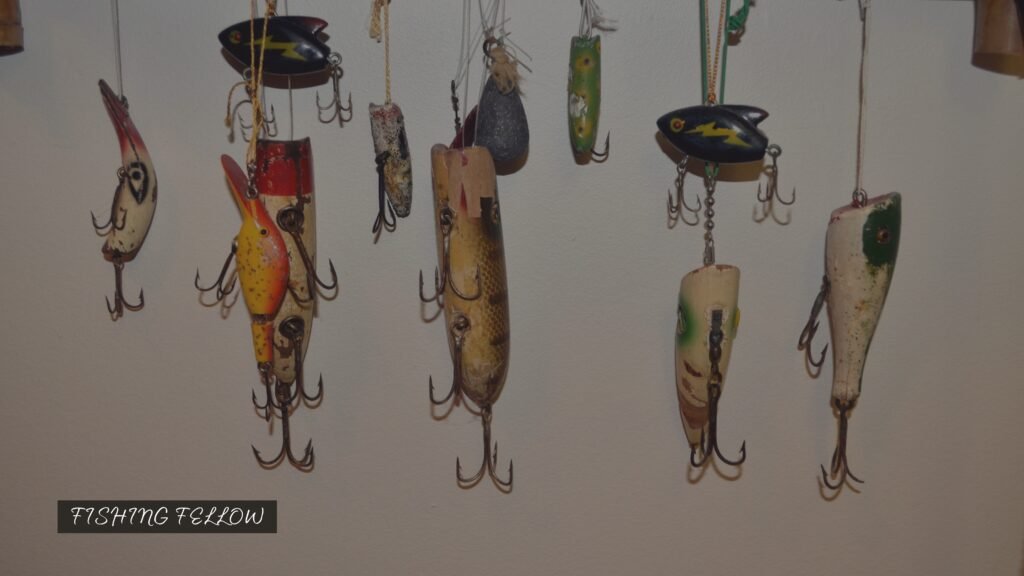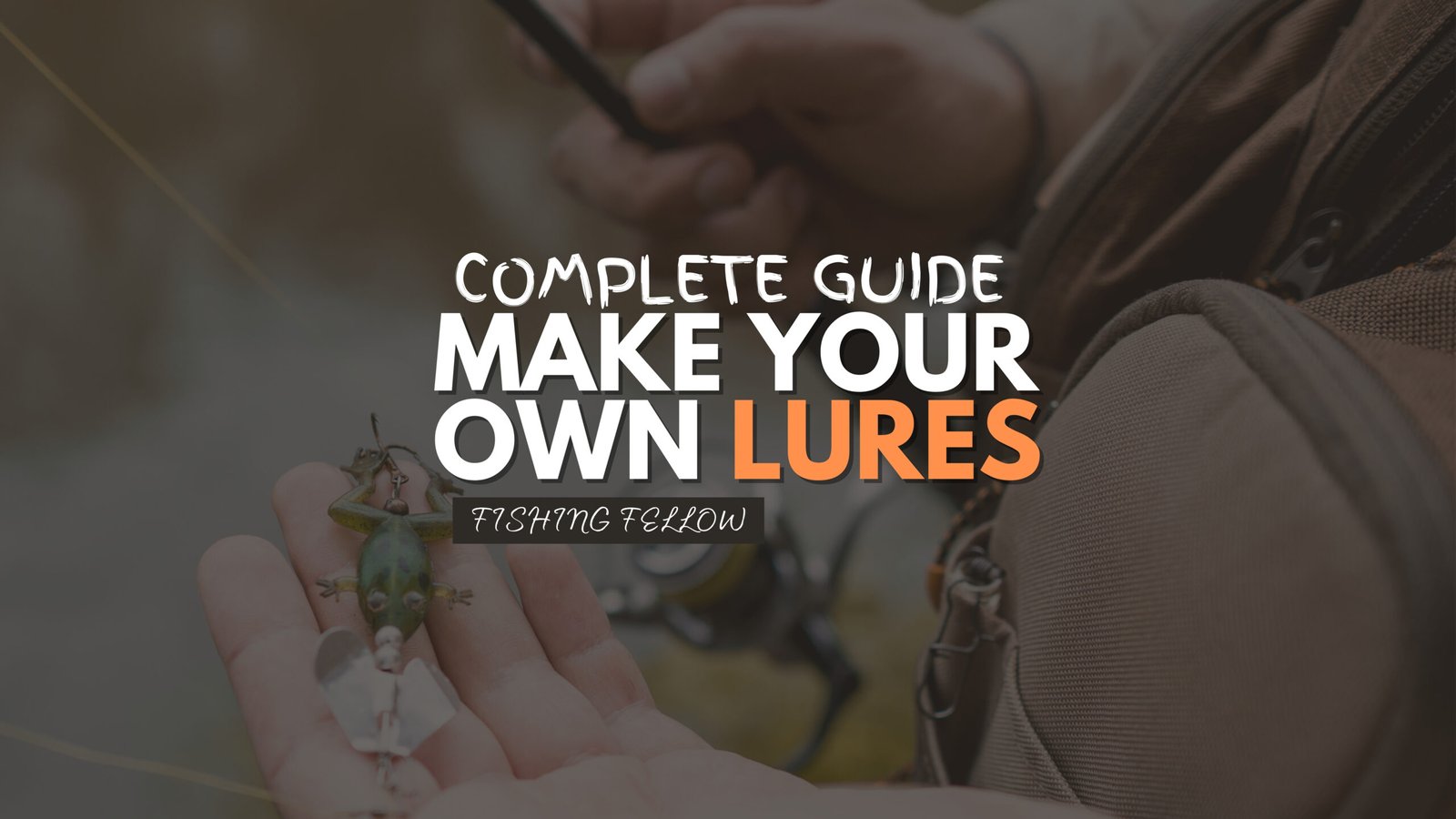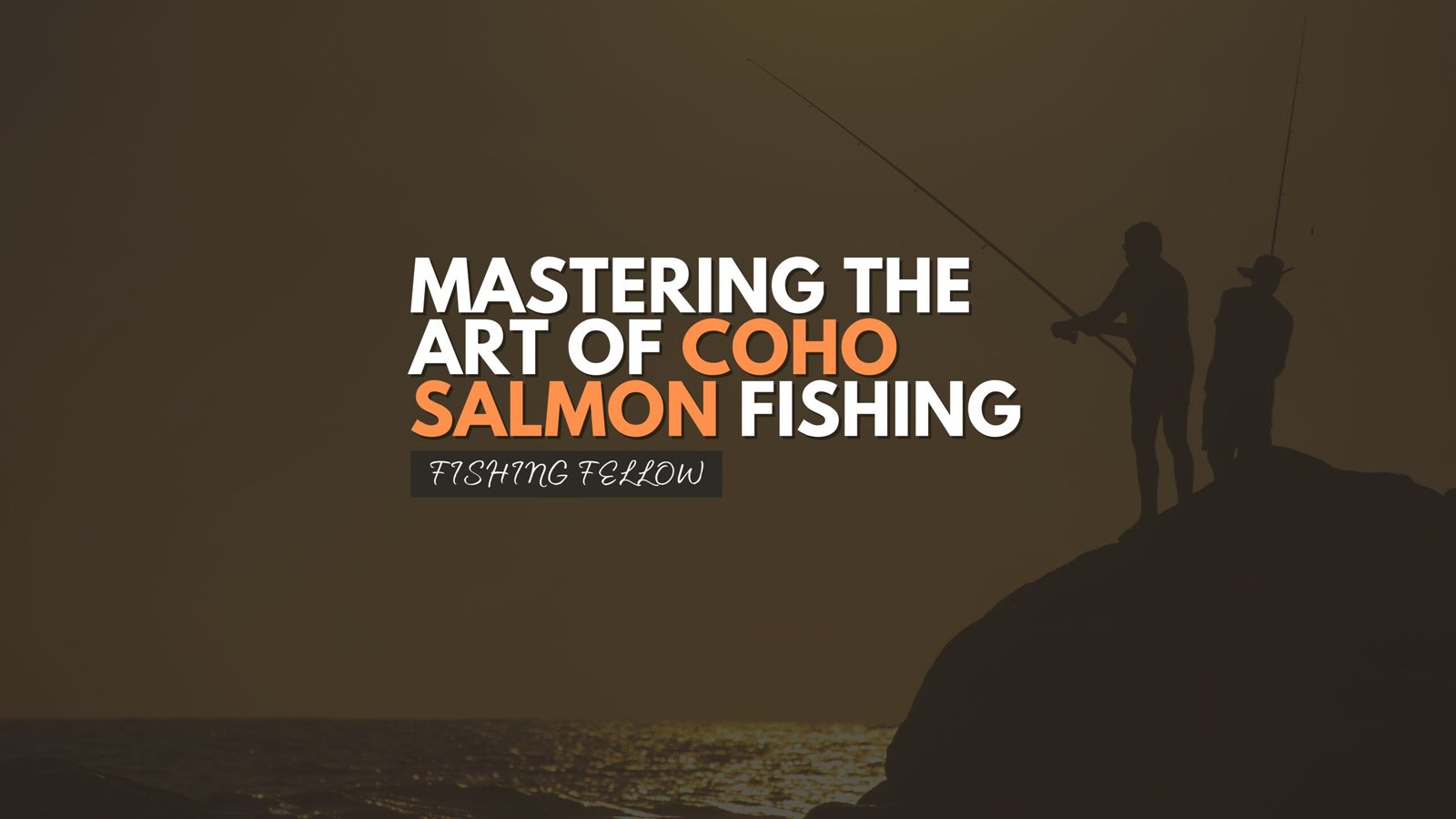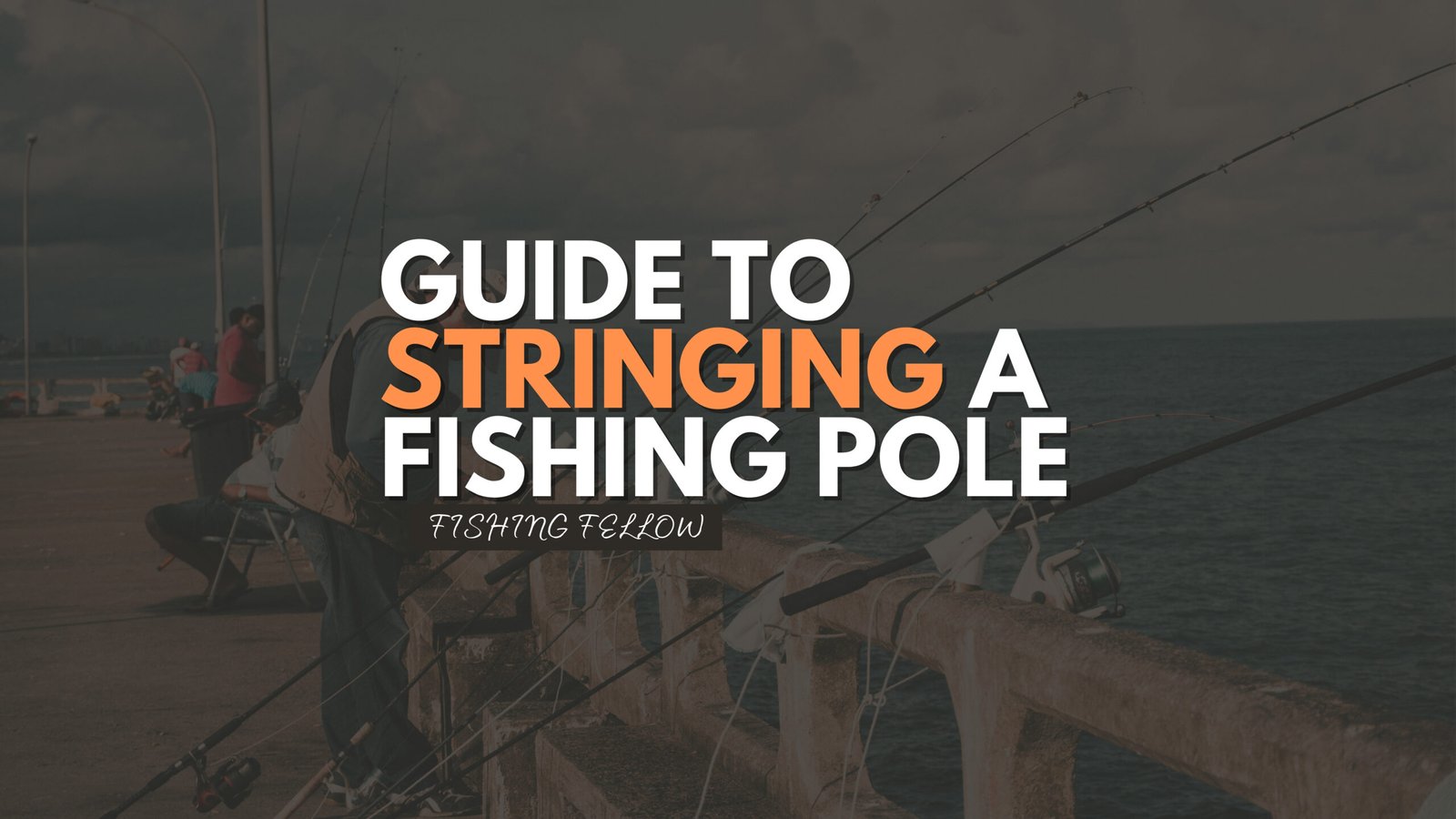Fishing is a timeless pastime that captivates individuals of all ages and backgrounds and Making Your Own Lures is very essential to know to game up. While many anglers rely on store-bought lures to attract fish, there’s a growing community of fishing enthusiasts who have embraced the art of making their lures.
Table of Contents
Crafting homemade fishing baits is not only a creative and fulfilling endeavour, but it also allows anglers to customize their lures to suit the specific fish species they target and the environmental conditions they encounter.
Make Your Own Lures
In this article, we’ll delve into the fascinating world of lure making, exploring the techniques, materials, and creative possibilities that come with this DIY approach to fishing.
The Creative Process:
Making your own lures is a blend of art and science. It begins with a creative vision of the type of lure you want to design. Whether it’s a topwater popper, a diving crankbait, or a soft plastic worm, the possibilities are virtually endless. One of the most exciting aspects of lure-making is the freedom to experiment and innovate, creating unique designs that set your lures apart from mass-produced alternatives.
Materials and Tools:
Crafting homemade fishing lures requires a modest investment in materials and tools, but the payoff is the ability to produce custom baits tailored to your fishing style and local fishing conditions. Common materials for making your own lures include balsa wood, PVC, plastic moulds, silicone rubber, and various hardware components such as hooks, swivels, and weights. Additionally, specialized tools such as carving knives, sandpaper, paint brushes, and epoxy resin are essential for shaping, painting, and assembling lures with precision and durability.
Design Considerations:

When designing homemade lures, it’s crucial to consider the behaviour and feeding preferences of the target fish species. For example, predatory game fish might respond favourably to lures that mimic wounded baitfish, while bottom-dwelling species may be enticed by lures that resemble natural prey found in their habitats. By researching the habits and diet of the fish you’re targeting, you can tailor your lure designs to maximize their effectiveness in specific fishing scenarios.
Testing and Refinement:
Once you’ve crafted your homemade lures, the real fun begins field testing and refining your creations. Taking your custom baits to the water allows you to observe how they perform in real fishing situations. This hands-on testing enables you to fine-tune the action, buoyancy, and appearance of your lures based on how fish respond to them. This iterative process of testing and refinement is where the magic happens, as you gain valuable insights that inform the evolution of your lure designs.
Customization and Personalization:
One of the most compelling reasons to make your own lures is the ability to customize and personalize each bait to your liking. From intricate paint patterns to adding rattles or scent attractants, homemade lures can be tailored to reflect your artistic flair and fishing preferences. Furthermore, crafting their own lures provides anglers with a sense of ownership and pride in their tackle box, knowing that each lure is a product of their creativity and skill.
Environmental Conservation:
In addition to the creative and practical benefits of making your lures, there’s an environmental aspect to consider. By crafting homemade lures, anglers can reduce their reliance on mass-produced plastic baits, thereby contributing to the conservation of natural resources and ecosystems. Using sustainable materials and minimizing waste in lure production aligns with the ethos of responsible angling and environmental stewardship, creating a positive impact on the waters we cherish.
Community and Sharing:
The lure-making community is a vibrant and welcoming one, where enthusiasts share their knowledge, techniques, and achievements with fellow anglers. Online forums, social media groups, and local gatherings provide platforms for exchanging ideas, showcasing homemade lures, and celebrating the ingenuity of lure makers. This sense of camaraderie and collaboration adds a social dimension to lure-making, fostering a community of like-minded individuals who are passionate about both fishing and craftsmanship.
Conclusion:
Crafting homemade fishing lures encapsulates the essence of angling as a pursuit that blends creativity, ingenuity, and practicality. It offers anglers a chance to connect with nature, express their artistic talents, and enhance their fishing experiences through personalized tackle.
The journey of making your lures is as rewarding as the act of fishing itself, opening up a world of possibilities that elevate the thrill of the catch. So, whether you’re a seasoned angler looking for a new challenge or a beginner eager to explore the art of lure-making, why not embark on the enriching journey of creating your custom fishing baits? Join the growing community of lure makers, and unleash your imagination on the water.
Must Read: How to Hold a Fishing Pole Like a Pro




